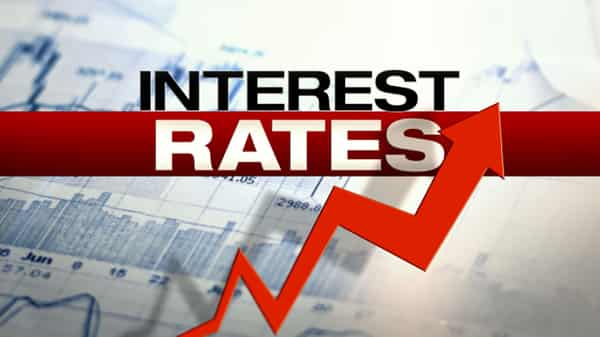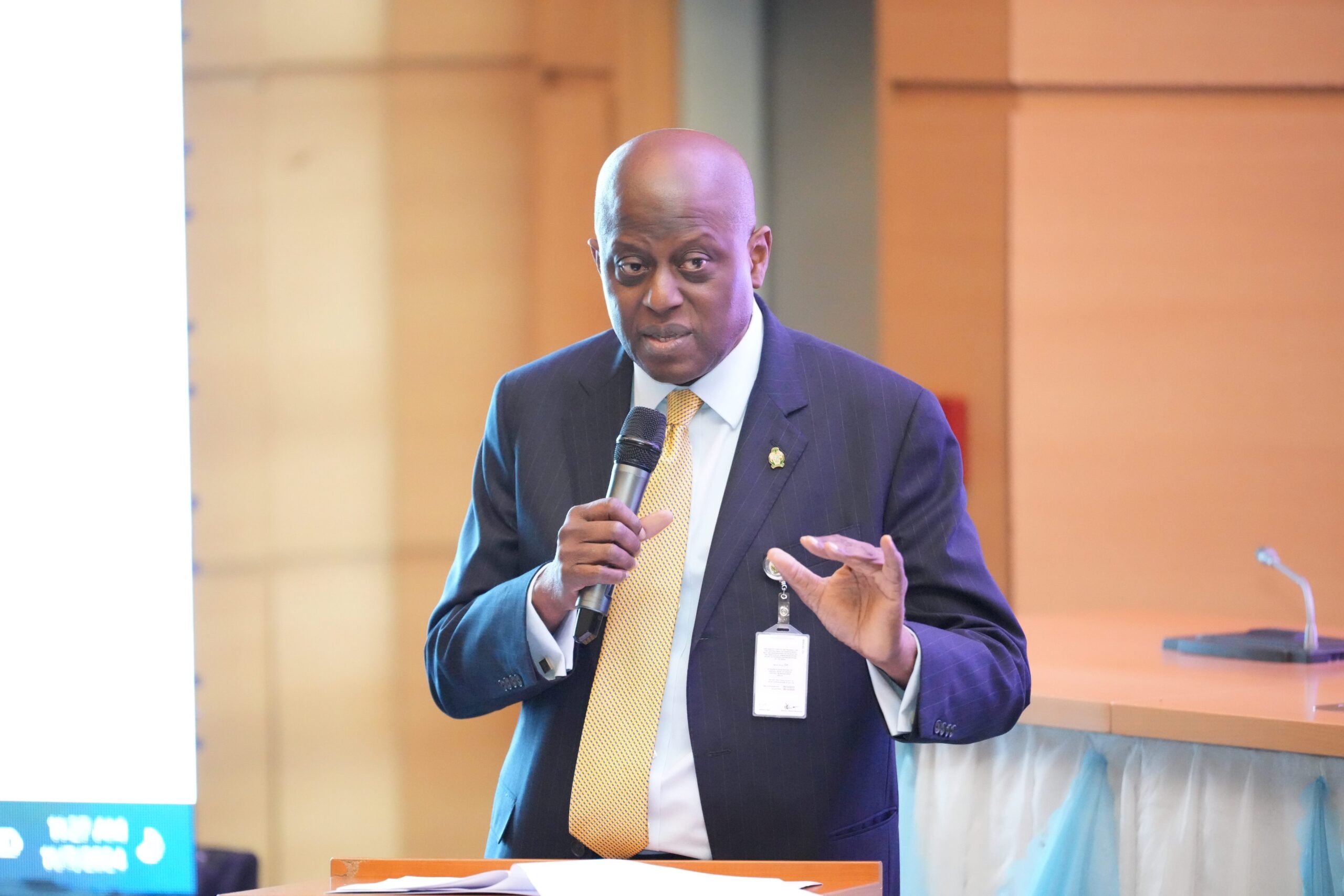The Central Bank of Nigeria (CBN) has lowered its Monetary Policy Rate (MPR) by 50 basis points, from 27.5% to 27%, the first reduction since 2020. The decision, taken at the 302nd Monetary Policy Committee (MPC) meeting in Abuja on 22-23 September, marks a shift towards easing monetary policy after months of disinflation
The MPR is the benchmark rate guiding borrowing and lending costs in Nigeria’s financial system. Commercial banks set their lending rates in line with it, affecting businesses and consumers across the economy.
The CBN’s adjustment follows five consecutive months of slowing inflation, with headline inflation at 20.12% in August, down from 21.88% in July, according to the National Bureau of Statistics. Stable exchange rates, foreign reserves above $40 billion, and 4.23% GDP growth in the second quarter of 2025 also influenced the committee’s stance.
CBN Governor Olayemi Cardoso told reporters after the meeting that the rate cut was intended to encourage growth while maintaining control over inflation. He noted that similar moves by other central banks, including the U.S. Federal Reserve’s cut on 17 September, helped create room for easing without exposing Nigeria to capital outflows.
Other Policy changes
The MPC also adjusted other monetary tools. The Cash Reserve Ratio (CRR) was set at 45% for commercial banks, maintained at 16% for merchant banks, and fixed at 75% for non-Treasury Single Account (TSA) public sector deposits. The Liquidity Ratio (LR) remained at 30%. The corridor around the MPR was changed to a symmetric +250/-250 basis points, compared with the previous +260/-250.
Implications
The cut reduces the cost of borrowing for businesses, particularly in sectors such as agriculture and manufacturing, where financing costs have been high. Small and medium enterprises may also gain improved access to credit. For households, lower loan rates may provide some relief, though inflation at 20.12% continues to weigh on purchasing power.
The CRR adjustment releases additional liquidity to the banking sector, but the high ratio on non-TSA public deposits is expected to limit the impact of government spending on money supply.
Expert views
Analysts had been divided before the decision. A BusinessDay survey of 12 economists found most expected no change, while some forecast a modest cut. The Centre for the Promotion of Private Enterprise (CPPE) had called for both MPR and CRR reductions. Oyeshola Mosimiloluwa of CFG Africa said recent naira stability and increased foreign portfolio inflows supported the case for policy easing.
Others cautioned that inflationary risks remain, with fiscal spending and excess liquidity identified as potential challenges. Cardoso noted the CBN would continue to monitor developments closely.
Outlook
Further changes in monetary policy will depend on the direction of inflation, fiscal measures, and global market conditions. For now, the MPR at 27% represents a cautious move aimed at balancing growth objectives with price stability.






